Features of sowing green manure in the fall before winter
Siderata in autumn before winter are used as a natural "cover" for open land. A field left without a cover is washed away by rains and loses valuable substances. Green manure helps prevent soil erosion.
Benefits and Challenges of Green Fertilizers
Siderat foliage drowns out weeds. In autumn, green manure plants attract beneficial animals, providing cover and food for insectivorous predators, for example, toads and ground beetles. Siderata belonging to the legume family retain nitrogen in their roots and fix it in the soil.
Siderata help to reduce the number of pests, prevent the development of diseases that can develop if plants of the same family are grown in the same place. Usually cabbage crops are planted after leguminous green manures, since nitrogen remains in the soil, which is necessary for cabbage.
Sideration problems:
- In autumn, the dense green manure cover creates ideal conditions for slugs and snails. Therefore, special control measures should be taken.
- Since decaying "green manure" can inhibit plant growth, you need to wait two to three weeks between planting in the ground and sowing vegetables.
Recommendations for growing green manure
Siderata are usually sown in late August or September so that they absorb nutrients and prevent winter rains from washing them out of the soil. In the spring, when the "green manure" is left in the ground, it returns the substances back into the soil. Siderata are used in autumn to cover bare areas between one crop and the next. If you need to improve clay soil, it is best to plant "green fertilizers" in the fall, before frost.
How to plant:
- Prepare the soil for the winter, removing weeds, dig up, if the site has not been cultivated recently, rake on the top layer of the soil;
- Spread the seeds over the surface using 50 mg of seeds per square meter (or as directed on the seed packet);
- Gently nail down the ground with the flat side of the shovel;
- Open areas need to be planted within two to three weeks;
- If the plants bloom ahead of time, cut off the tops and dig up;
- Leave the green manure to decompose in the soil for 4 weeks before planting the vegetables.
Green manure varieties
- Alfalfa (sowing alfalfa)
- Hybrid clover
- Buckwheat
- Raspberry clover
- Red clover
- Fenugreek
- Winter rye
- Mustard
- Phacelia rowan-leaved
- Fodder (horse) beans
- Vika winter
What green manure to sow in autumn
Improving the soil using green manure in the fall is a favorite method of Russian gardeners. The following crops are optimal for Russia:
- winter vetch;
- white mustard
- winter rye;
- oats;
- winter rapeseed.
Vika winter
Winter vetch is used to saturate the soil with nitrogen, to suppress weeds in difficult areas. She does not like acidic and dry soils, and she cannot be buried in the ground before flowering. Vetch protects crops from slugs and snails, and especially pigeons, which are so fond of pinching off the tops of plants.
Winter vetch grows well after legumes. After it, such vegetables "hungry" in terms of nitrogen, such as cabbage, grow safely. Due to nitrogen deficiency, cabbage leaves turn yellow and fall off. Vika solves the problem of saturation of fields with nitrogen.
Important Tips:
- you cannot sow green manure in front of a vegetable crop of the same family. This can cause soil diseases. So, vetch should not be planted in front of legumes - peas or beans. But you can sow vetch after them. In this way, nitrogen is added to the ground, which is favorable for the subsequent planting of cabbage crops;
- it must be remembered that vetch releases a chemical that inhibits the growth of small seeds, so sowing vegetables is only possible a month after planting the "green fertilizer".
Mustard white
This plant has very long roots. After cutting, the roots rot and create channels in the soil, which is very favorable for the movement of air and water. Mustard is cold-resistant, and continues to grow even at a temperature of 4 ° C, and its seedlings can withstand frost down to -5 ° C. Mustard left for the winter protects the field from excessive freezing. Mustard roots secrete sulfur, which repels many pests and harmful microorganisms.
Important Tips:
- mustard is sown before winter 150 g per hundred square meters. It must be remembered that the roots of the mustard rot within 2 weeks. Before this period, new crops should not be planted;
- it is best to sow mustard in front of potatoes, as it drives away its main enemy - the wireworm. Mustard is not planted before cabbage, this leads to diseases of vegetables;
- on sandy ground, mustard should be allowed to grow up to 40 cm in height before being cut and left in the soil.
Winter rye
Winter rye is able to build up a lot of green mass. Therefore, the use of rye as a green manure gives the earth a lot of organic matter, potassium and nitrogen. Rye is frost-resistant, unpretentious to the quality of the soil. Its roots perfectly protect the fields from erosion. Rye is planted in front of potatoes, cucumbers, tomatoes, pumpkin. But this culture is suitable as a green manure only for large areas. Rye roots can only be overcome with technique.
Important Tips:
- when planting rye before winter, measures should be taken to protect the sprouts from slugs and birds that love to feast on the delicious tops of young plants;
- rye is embedded in the soil as fertilizer in early spring.
Oats
Oats, along with rye, is one of the most popular siderates in Russia. Its roots improve the structure of clay soil and effectively fight rot. Most often, oats are sown in a mixture with vetch or rye. Cucumbers grow well after oats.
Important Tips:
- oat seeds should be covered with soil with a layer of 2.5 cm. In spring, the plant is allowed to grow. You should not plow oats, like rye and vetch;
- cutting off the green mass, it is left in the field along with the roots for four weeks to rot. After that, the land can be plowed for planting vegetables;
- oats require more moisture than other grains. Therefore, it is advisable to plant it in places where water is available at any time.
Winter rapeseed
Winter rape belongs to the cruciferous family, so it is undesirable to use it before planting cabbage. Rape improves the soil for the subsequent planting of eggplants, peppers, tomatoes.
Important Tips:
- rapeseed is picky about the composition of the soil, sowing should be done on clay or loamy areas;
- care should be taken that there are no large clods in the field. Clay lumps are an excellent breeding ground for slugs, and these pests are the main enemies of young canola shoots.
The general rule for all green manure is that the autumn sowing does not need to be mowed and, moreover, plowed. The better the plant hardens, the more benefits it will bring.
When to sow green manure in autumn
The timing of planting green manure depends on the cold resistance of each plant.
Winter vetch is sown in the north of Russia at the end of July, in warmer regions in August. Sowing of mustard is carried out in August, and embedding in the soil in October, it is permissible even later, but then the plant will produce less valuable substances.
Tip: You can sow a mixture of green manure: vetch and mustard. The result is a double fertilization effect.
Winter rye is sown in August or September. Oats are very cold-hardy, their seeds germinate even at 0 ° C. Before winter, as a "green fertilizer", oats are sown in September. Rape has small seeds with limited nutrient reserves. Therefore, they need to be sown no later than August.
In winter, green manure improves the structure of the soil, enriches the fertile layer with humus, nitrogen, potassium and phosphorus.They save the gardener from having to buy expensive mineral fertilizers. Siderata will protect the land from winds, in early spring - from erosion.
The use of green manure before winter is one of the foundations of organic farming. This technique is economical and environmentally friendly. It doubles the yield of vegetables.
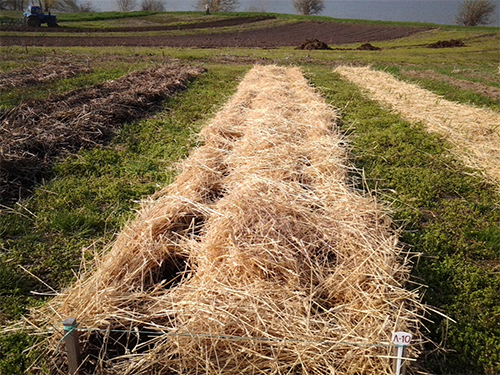
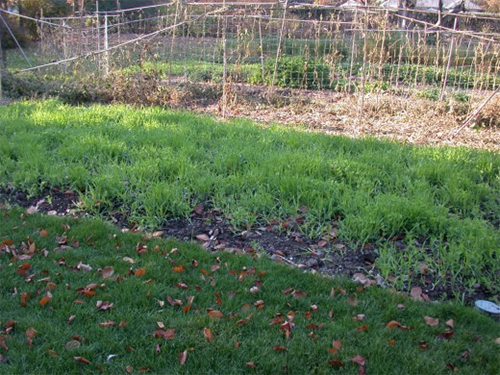
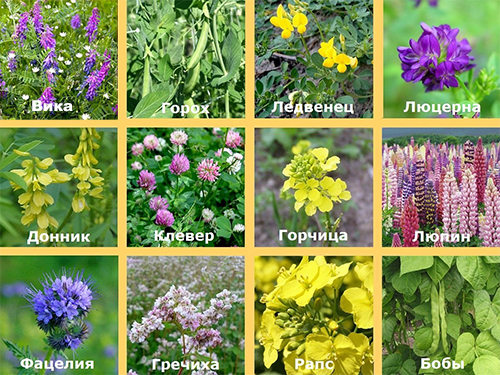
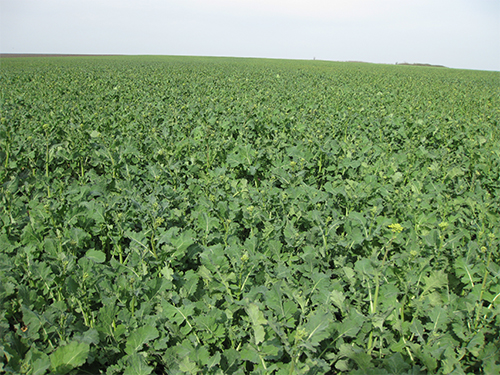
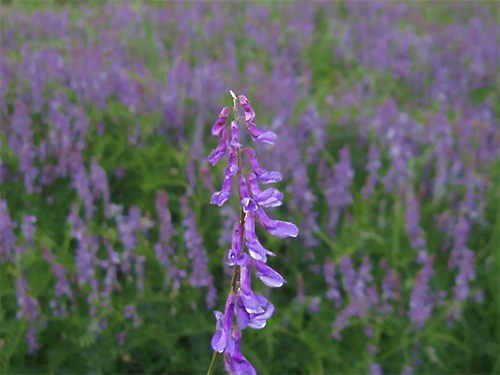
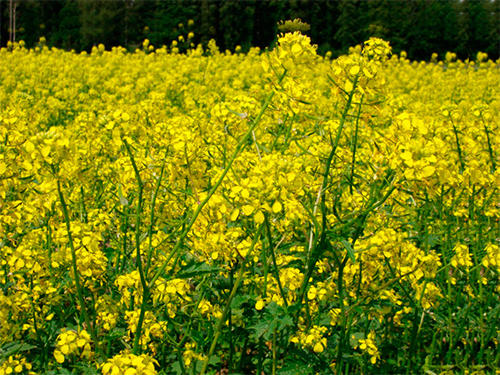
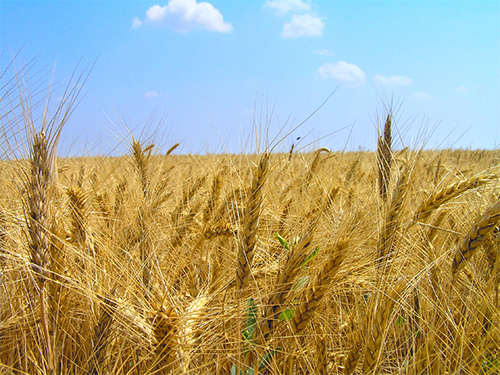
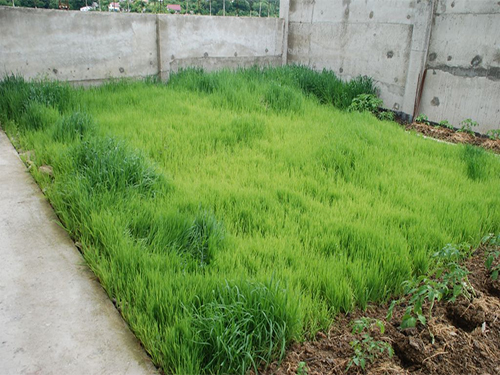
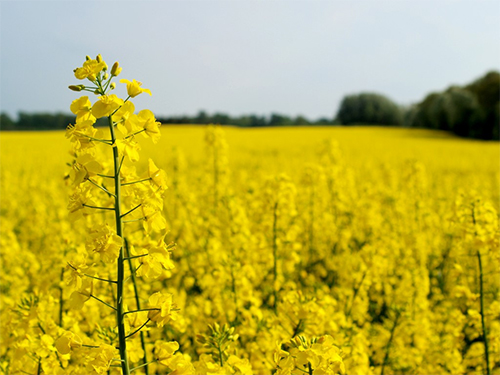
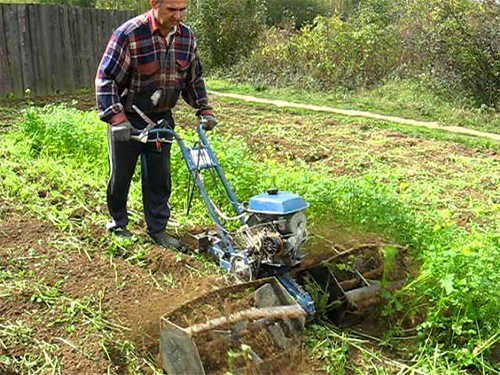
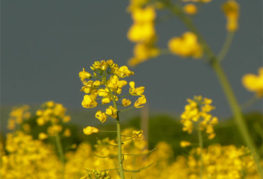
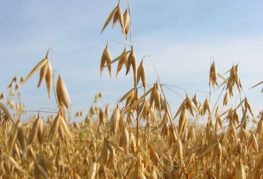

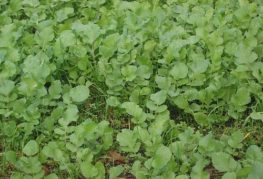
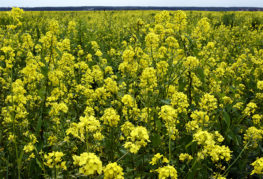
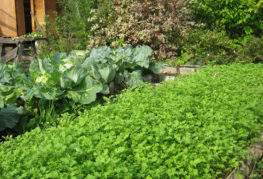
I had a summer residence 20 years ago, but we have never used sidiroms .. but now I have learned so much new and useful information about them .. thank you and the Internet for the helpful advice.